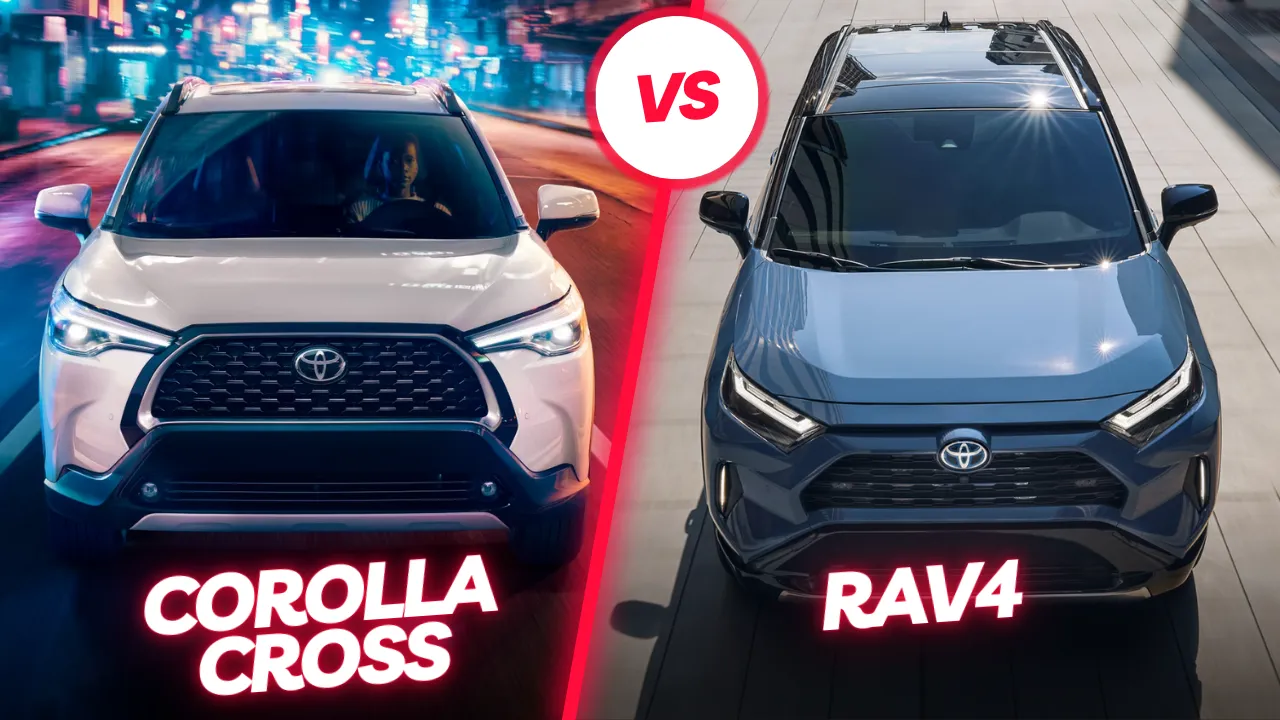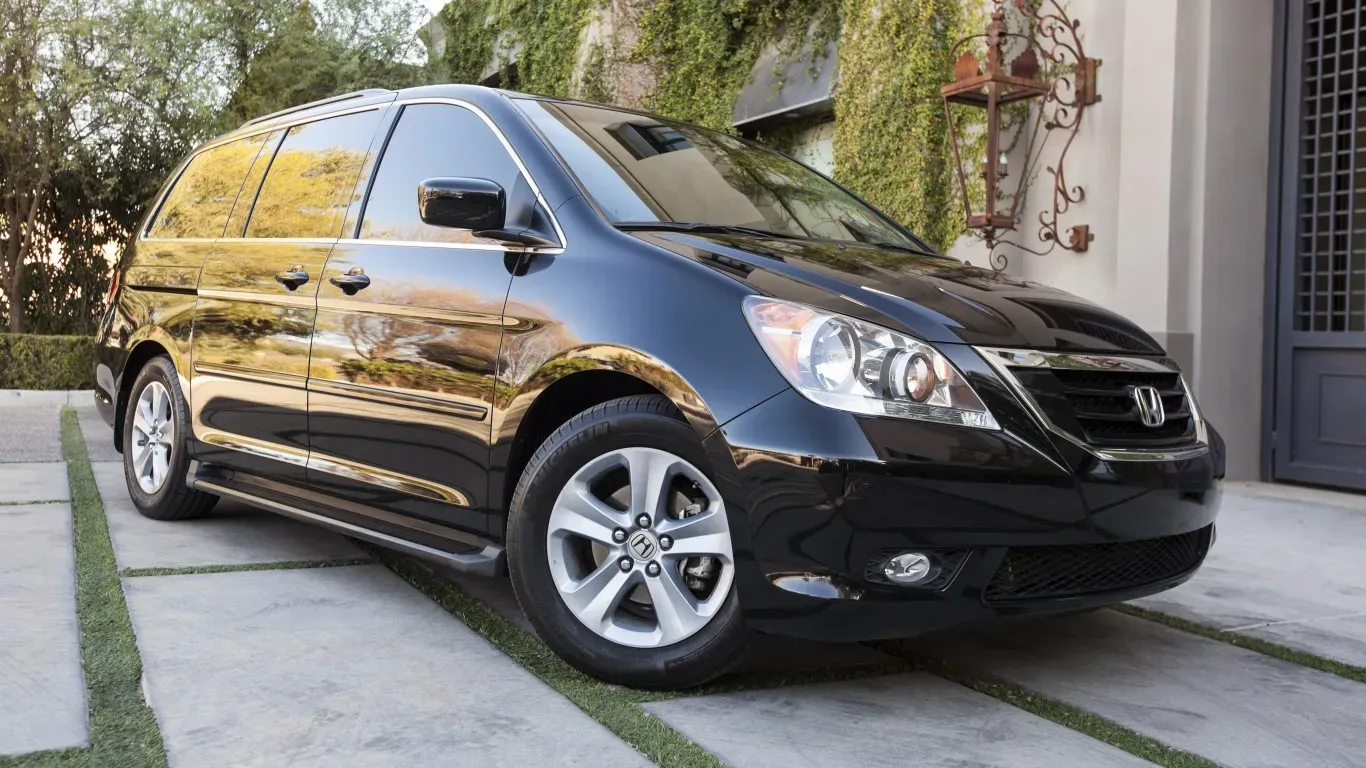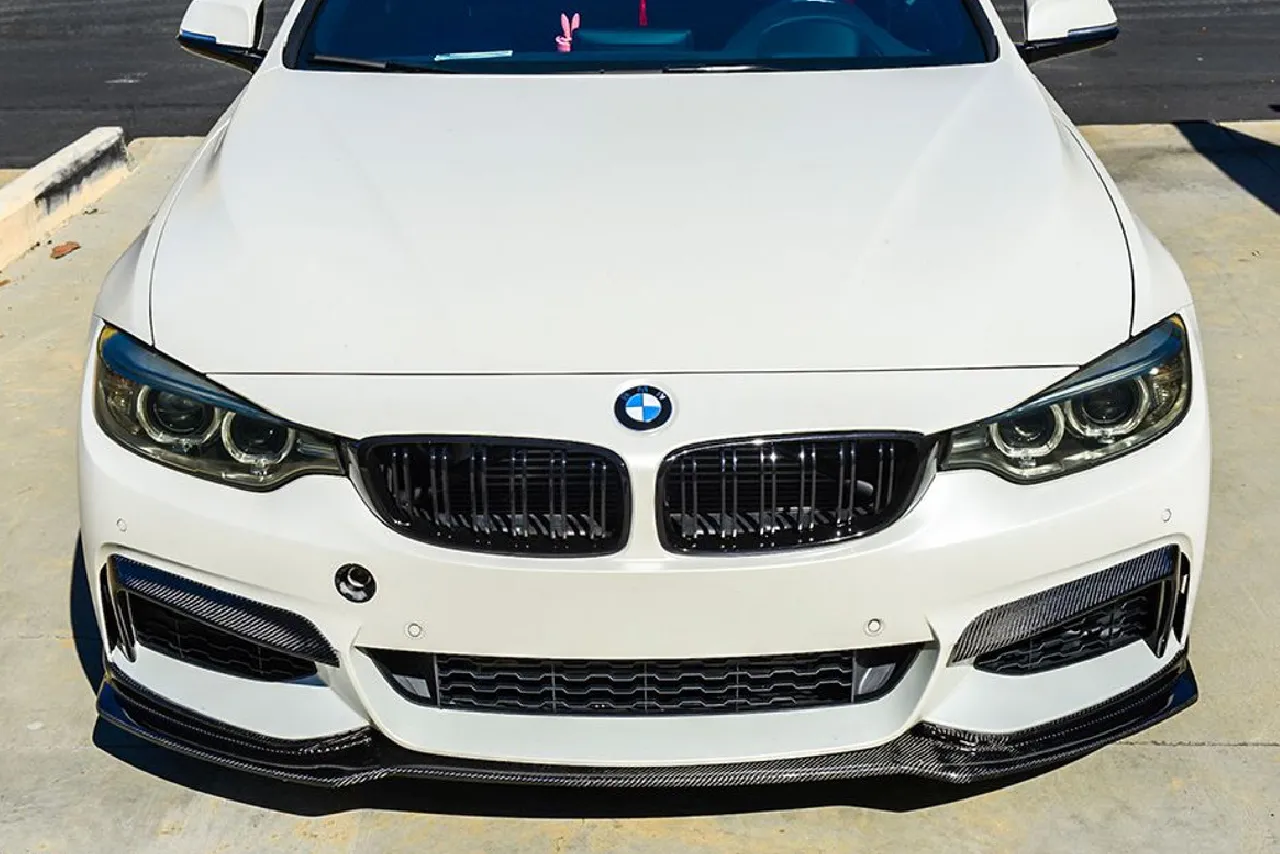The rise of electric vehicles (EVs) has brought with it the need for a robust and user-friendly charging infrastructure. For drivers accustomed to the convenience of traditional fuel pumps, EV charging ports can be a bit confusing due to the varying standards currently available. However, recent developments indicate a significant shift in the EV industry, as multiple automakers, including Porsche, are adopting Tesla’s North American Charging Standard (NACS). This change aims to simplify the charging experience, and the question “is Porsche switching to NACS?” now has a clear answer: Yes, Porsche has officially committed to the switch, aligning with a growing trend among EV manufacturers. Let’s explore what this transition means for Porsche and the EV landscape.
Automakers Adopting the NACS Standard by 2025
| Automaker | NACS Adoption Year | Adapter for CCS Models | Access to Tesla Superchargers | Unique Features in Transition |
|---|---|---|---|---|
| Porsche | 2025 | Yes | Yes | VW Group commitment, early integration |
| BMW | 2025 | Yes | Yes | In-car payment app, nav integration |
| Ford | 2025 | Yes | Yes | Adapter available for $230 |
| GM | 2025 | Yes | Yes | Wide adoption across model range |
| Audi | 2025 | Yes | Yes | Adapter for pre-2025 models |
| Hyundai | 2024 | Yes | Yes | First U.S. model to feature NACS |
| Honda | 2025 | Yes | Yes | Early adopter among Japanese brands |
| Lexus | 2025 | Yes | Yes | Access to expansive Supercharger network |
| Mazda | 2025 | TBD | Yes | Limited EV lineup but committed |
| Nissan | 2025 | Yes | Yes | First Japanese brand to announce NACS |
Why is NACS Gaining Popularity?
Tesla’s NACS has been widely recognized as a gold standard in EV charging, largely due to the company’s extensive network of Superchargers, which offer fast and reliable charging across North America. NACS stands out for its streamlined design, compatibility, and efficiency, enabling quicker and more user-friendly charging experiences. Unlike the CCS (Combined Charging System), which many other EVs currently use, NACS simplifies access to Tesla’s charging network. This shift to NACS is gaining traction because it reduces the need for multiple adapters and charging standards, allowing drivers to rely on a single, well-established network. For Porsche and its customers, joining the NACS movement promises a more integrated and accessible EV charging experience.
Porsche’s Transition to NACS
For Porsche, the decision to switch to NACS represents a strategic alignment with the VW Group and a response to growing market demands. Starting in 2025, all new Porsche electric vehicles will come equipped with NACS ports, making them compatible with Tesla’s Supercharger network. This shift will include not only new models but also adapters for existing EVs equipped with CCS ports, ensuring a seamless transition for current owners. By adopting NACS, Porsche is expanding its charging options and preparing its EV lineup for a future in which NACS is expected to become a common standard across North America.
How Porsche’s Move Impacts Existing EV Owners
For current Porsche EV owners, the transition to NACS raises questions about accessibility and compatibility. Recognizing these concerns, Porsche has committed to providing CCS-to-NACS adapters so that existing models can utilize Tesla’s Superchargers without needing extensive modifications. This means that Porsche Taycan and other EV models will soon be able to benefit from Tesla’s expansive charging network. Porsche aims to make this transition as smooth as possible for existing customers, ensuring that both NACS and CCS charging stations remain accessible. This adaptability will be a key advantage for Porsche owners, who can enjoy wider charging options without being limited by the new standard.
Key Benefits of Porsche’s Switch to NACS
The switch to NACS brings several advantages for Porsche and its EV users. First, the access to Tesla’s Supercharger network means faster charging times and fewer delays for Porsche drivers on long trips. With over 45,000 charging points worldwide, Tesla’s network is one of the most comprehensive, giving Porsche owners more flexibility in planning their journeys. Additionally, the move to NACS future-proofs Porsche’s EV infrastructure by aligning it with a widely accepted standard. This switch also reduces the complexity associated with various charging connectors, making Porsche vehicles more convenient and user-friendly for EV enthusiasts across North America.
Future of EV Charging
As more automakers like Porsche, Ford, and BMW embrace NACS, there is a growing momentum toward a unified charging standard. This shift not only simplifies the charging landscape but also paves the way for infrastructure improvements, as charging networks can focus on providing NACS ports across stations. A unified standard could lead to faster deployment of public chargers and reduce costs for manufacturers who currently need to support multiple standards. Porsche’s decision to join the NACS ecosystem signals a move toward a future where charging an EV is as straightforward as refueling a gasoline car, eliminating barriers for new EV adopters.
Challenges and Adaptation for Porsche’s NACS Switch
Despite the benefits, there are challenges associated with Porsche’s transition to NACS. For one, the company will need to ensure that adapters are available for current CCS-equipped models. These adapters will require careful engineering to maintain performance and safety standards, particularly as fast-charging is involved. Porsche also needs to update software in existing models to ensure seamless integration with Tesla’s Supercharger network. Although these adaptations come with costs, Porsche is committed to addressing these hurdles to provide a hassle-free experience for both new and loyal customers.
Long-Term Financial and Environmental Benefits of NACS
The adoption of NACS is not only a technological shift but also offers significant long-term benefits, both financially and environmentally. For Porsche owners, the increased charging options may lead to lower charging costs due to higher competition among charging networks. Additionally, adopting a unified standard can reduce manufacturing costs as automakers won’t need to produce vehicles with multiple charging ports for different markets. Environmentally, NACS aligns with efforts to reduce EV manufacturing’s carbon footprint by simplifying supply chains and reducing waste, which is in line with Porsche‘s broader sustainability goals.
Adapting Porsche’s Service Network for NACS
Switching to NACS requires not only a change in vehicle design but also adjustments within Porsche’s service network. Dealerships and service centers will need to train their staff on NACS functionality, adapters, and maintenance to ensure customers experience minimal disruption during the transition. Porsche is also expected to offer support for customers with existing CCS-enabled vehicles, guiding them through the adapter integration process and addressing any technical concerns. By adapting its service network, Porsche aims to ensure that customers can rely on consistent support, regardless of the charging standard their vehicle uses.
Impact on the EV Market and Other Automakers
Porsche’s shift to NACS could inspire further adoption among other luxury brands and influence market trends, positioning NACS as the preferred standard. With major players like Porsche, BMW, and Ford already making the switch, other automakers may feel encouraged or even pressured to follow suit to stay competitive. This alignment toward NACS could also impact partnerships between automakers and charging networks, prompting even more networks to adopt NACS as their primary charging option. The resulting market shift would benefit consumers by creating a more unified and accessible EV charging ecosystem.
Enhancing the Driver Experience with NACS
The switch to NACS not only brings practical benefits but also improves the overall driver experience. For Porsche drivers, the NACS integration enables easier access to a broader range of high-speed chargers, especially in rural or less densely populated areas where Tesla’s network is already well-established. The availability of real-time charging location data and user-friendly interfaces further enhances convenience, making longer trips more enjoyable and less stressful. With Porsche integrating its vehicles with Tesla’s network, Porsche owners can experience a seamless transition that prioritizes user comfort and ease.
Conclusion
In conclusion, the answer to “is Porsche switching to NACS” is a resounding yes. By adopting Tesla’s North American Charging Standard, Porsche is joining a major shift in the EV industry aimed at simplifying and improving the charging experience. This decision aligns with other automakers’ strategies and gives Porsche owners access to Tesla’s extensive Supercharger network, ensuring greater convenience and charging speed. As the industry moves closer to a unified charging standard, Porsche’s commitment to NACS represents a step toward a more accessible and user-friendly EV landscape. With streamlined charging options and expanding infrastructure, Porsche and other manufacturers are setting the stage for a future where EV ownership is as convenient as traditional vehicles.
I’m Waqas, an electric vehicle enthusiast and tech writer with over 6 years of experience covering the EV industry. I write in-depth articles, comparisons, and reviews to help readers understand the fast-evolving world of electric mobility. From battery technology to EV launches and charging trends, I aim to make complex EV topics simple, engaging, and informative for everyday drivers and curious readers alike.





